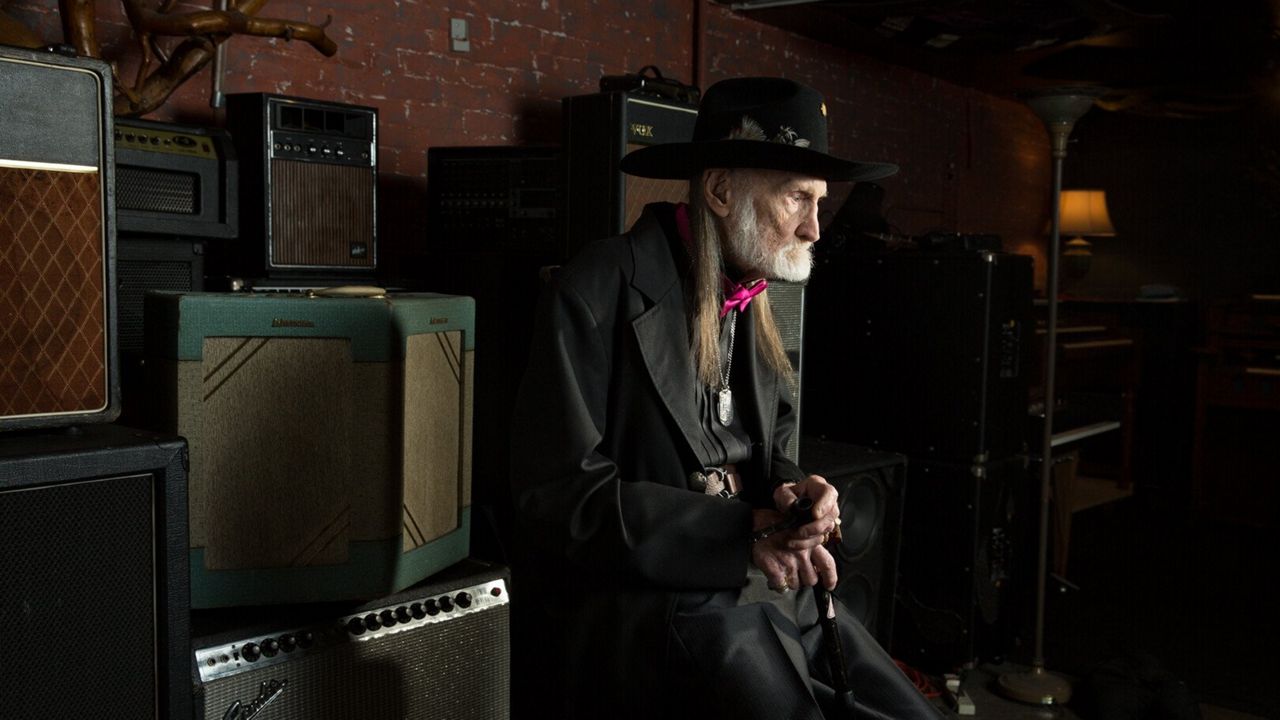SAN ANTONIO — A lot has changed for African Americans in 60 years.
“I was simply told, ‘we can’t go in that building, we’re not welcome’,” said Everett Fly, a San Antonio landscape architect.
People who grew up in San Antonio still remember how segregation affected the Black community.
“There was not a single place in downtown San Antonio where you could eat,” Mario Salas, professor and activist, said. “It was all white only.”
Black people weren’t allowed inside theaters or allowed to sit at lunch counters.
“Every time I pass by Woolworths, I just get a feeling of warmth and anger,” said Cheryl Wyatt, who grew up in San Antonio. “How long it’s taken. I’m 75, and my thing is that after 75 years we’re still dealing with the color of my skin.”
Compared to many cities in the South, integration in the Alamo City came with little resistance. With the threat of sit-in protest, on March 16, 1960, multiple downtown stores desegregated the lunch counters.
“They caused a non-violent desegregation of all seven of the lunch counters that were spread out at the five and dimes along Houston and Commerce streets, and they did it without confrontation,” said community activist Nettie Patricia Hinton.
Jackie Robinson was quoted saying San Antonio was setting the example for the nation. In 1964, President Lyndon Johnson signed the Civil Rights Act into law, ending segregation in public places.
Fast forward 60 years — one of those five and dime stores is owned by the San Antonio African American Community Archive and Museum. The historic Kress building played a huge role in San Antonio’s civil rights movement.
“When we open to the public in June of 2026, it is our desire for the seniors to walk in first,” said SAAACAM CEO/Director Deborah Omowale-Jarmon. “They will remember a time when they couldn’t come into this store.”
“What is even more significant about the Kress Building, it was the first building that opened that day,” said Omowale-Jarmon.











